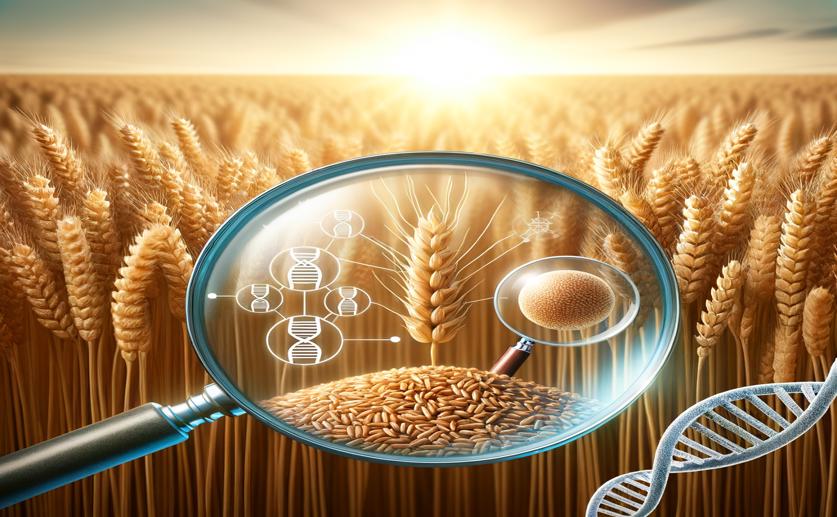
Unlocking the Secrets to More Wheat Grains through Genetics
Greg Howard
12th April, 2024

Image Source: Natural Science News, 2024
Key Findings
- Scientists at Pingdingshan University studied a wheat hybrid, Pubing3228, to improve wheat yields
- The hybrid has a high grain number per spike (GNS), which is key for increasing crop yield
- They identified specific genetic regions from both common wheat and A. cristatum that contribute to the high GNS
GeneticsPlant ScienceAgriculture
References
Main Study
1) Genetic insights into superior grain number traits: a QTL analysis of wheat-Agropyron cristatum derivative pubing3228
Published 11th April, 2024
https://doi.org/10.1186/s12870-024-04913-z
Related Studies
2) The endosperm-specific transcription factor TaNAC019 regulates glutenin and starch accumulation and its elite allele improves wheat grain quality.
3) Optimizing plant spatial competition can change phytohormone content and promote tillering, thereby improving wheat yield.
4) Agronomic, Physiological and Genetic Changes Associated With Evolution, Migration and Modern Breeding in Durum Wheat.



 8th April, 2024 | Jenn Hoskins
8th April, 2024 | Jenn Hoskins